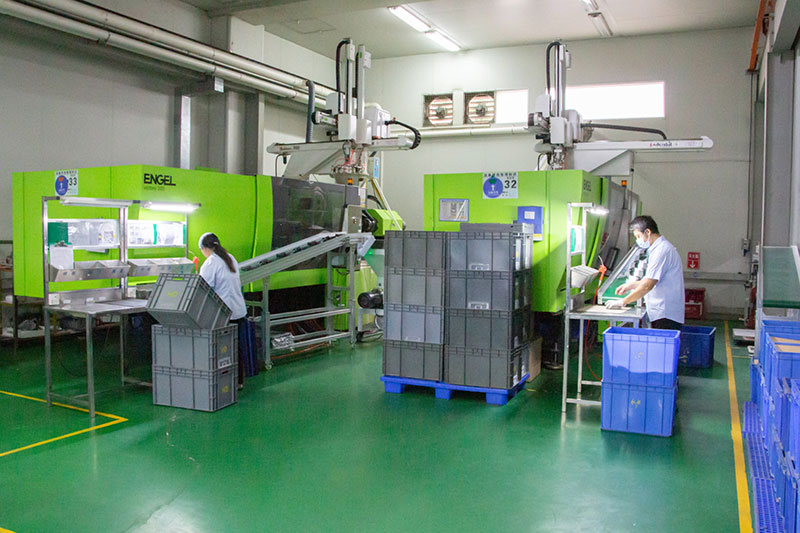How many parts of automotive CKD?
Automotive CKD, or Completely Knocked Down, is a method of automobile production. Under CKD production, cars are broken down into parts and shipped to their destination for assembly. This method can reduce transportation costs and tariffs, so it is widely used around the world.
In general, the CKD of a car can be divided into the following five parts:
(1) Engine part: including engine, cylinder block, cylinder head, crankshaft, camshaft, etc. These components are the car’s power source and are responsible for converting fuel into mechanical energy that drives the car forward.
(2) Transmission part: including clutch, transmission, transmission shaft, differential, etc. The role of this part is to transfer the power of the engine to the wheels to achieve the speed change and steering of the car.
(3) Body part: including frame, shell, doors, Windows, seats, etc. The body is the main body of the external structure and internal space of the car, carrying passengers and goods.
(4) Electrical part: including battery, generator, starter, light, instrument panel, switch, etc. These components are responsible for providing and regulating the electrical system of the car to ensure the normal operation of the car.
(5) Chassis part: including suspension system, brake system, steering system, etc. The chassis is an important structure at the bottom of the car, which carries the main weight of the car and provides the functions of driving, steering and braking.
These are the basic components of automotive CKD, but depending on the model and the manufacturer, the specific breakdown may be different.
In general, the advantages of the CKD method are that it can reduce production and transportation costs, and at the same time facilitate international trade. But at the same time, this approach also requires higher assembly technology and quality management to ensure the quality and performance of the final product.
Post time: Feb-21-2024





